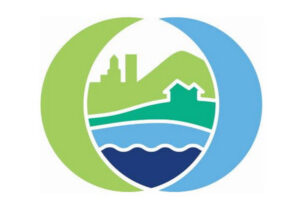Land Use is a Section of the new legislation that requires the Department of Land Conservation and Development (DLCD) to identify updates to the Statewide land use planning program and local comprehensive plans and zoning codes to incorporate wildfire risk maps and minimize wildfire risk. While no specifics are given in the bill, the potential for far reaching impacts is shown in the report issued by the Department on September 30, 2022.
The Department is waiting for the 2023 Legislature to give further direction in the way of additional laws. The DLCD report is summarized as making six recommendations to include; 1) create wildfire adopted communities, 2) study to improve transportation systems for evacuation and firefighting, 3) adopt land use codes for new development to insure safe evacuation and firefighting response, 4) amend comprehensive plans and land use codes to incorporate wildfire risk mitigation requirements, 5)prepare for post disaster recovery in local communities, and 6): Cities, counties, special districts, and Tribes to increase the effectiveness of natural hazards planning through coordination of Community Wildfire Protection Plan and Natural Hazard Mitigation Plan processes and adoption of policies and actions into comprehensive plans and codes
DLCD proposes that the recommendations could be implemented in a variety of ways:
1) A voluntary approach that allows local governments to proceed at their own pace and develop local solutions;
2) A mandatory approach that begins with agency rulemaking, followed by compliance checks, and enforcement; or
3) A hybrid approach that begins with a period of voluntary innovation and adoption, includes a timeline for check-in / assessment, and follows with mandatory measures in communities that have not adopted legislatively identified wildfire protections.
In order to assure that the recommendations are followed, the Department will be asking for additional staff and money to make the recommendations a reality and for the Legislature to pass additional laws to direct the DLCD on Land Use Programs and Policies. As can be seen in the implementation, the local governments will not have a real choice in the matter. They will either “volunteer” to do the work or it will become mandatory because any changes to local codes are reviewed by DLCD to conclude that the changes are consistent with State Goals. As the DLCD update state goals as required in SB 762, local compliance will be a task that local government must complete.
A full copy of the DLCD report is located at:
www.oregon.gov/lcd/NH/Documents/20220930_DLCD-Wildfire-Recommendations-Report.pdf
To this point DLCD has said that it does not intend to propose new rules that will apply to individual parcels. However, it does intend to investigate what mitigation measures are needed for new development to include such items as subdivision design, road requirements for access and evacuation, additional fuel break requirements and possibly limiting some uses in high or extreme risk wildfire areas. With a focus on mitigation of risk in wildfire areas, the DLCD program will need to be monitored as there can be significant requirements. The biggest concern we note is what DLCD concludes is needed to mitigate fire concerns in High or Extreme Risk areas. This can include reduced density and additional access standards that may be a basis to deny applications that are considered hazardous.

